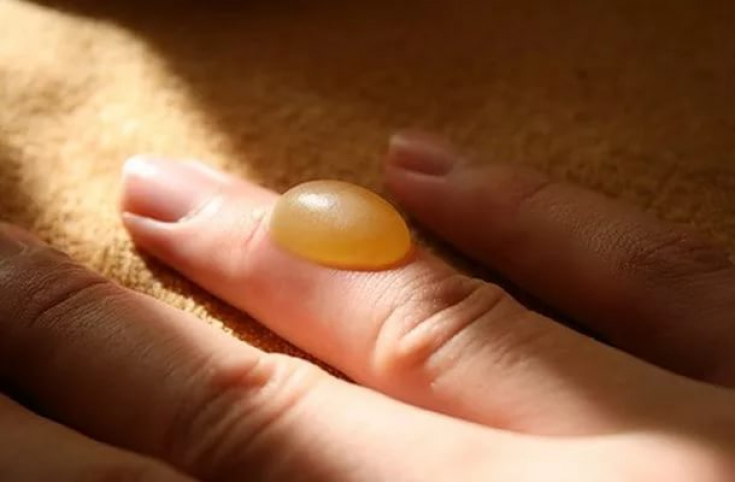Deep burns can leave scars on the skin and psychological trauma, especially in children. When a patient with burns arrives at the clinic, doctors use parameters such as the depth and size of the burn to determine the time it takes for the skin to heal or re-epithelialize and the best course of treatment.
In the article estet-portal.com you can read in detail the results of a new study that evaluates the reliability of a new method for determining the severity of a burn — analysis of proteins in the fluid contained in the burn blister.
Diagnosis of burn severity as a decisive factor in therapy and outcome prediction
Diagnosis of the depth of the burn, which may continue to increase even hours after the initial injury, takes up to two weeks and often depends on the experience of the clinician.
Deep burns and those requiring more than 21 days of healing usually require a skin graft.
If physicians could accurately assess the depth of the burn and the timing of re-epithelialization at an earlier stage, they could help reduce scarring in a timely manner.
Follow us on Instagram
This is especially important for pediatric patients with burns because excessive scar tissue cannot fully expand with the growing child's skin and can interfere with joint movement and bone development. Tony Parker and his colleagues wondered if they could use burn vesicle serous fluid from pediatric patients to accurately and quickly classify burn severity.
Hemoglobin and collagen: how proteins help determine the extent of a burn
Mass spectrometry was used to analyze 56 serous fluid samples from burns of varying depth and time of re-epithelialization.

The researchers found that the deepest burns had a different protein composition than the more superficial ones. For example, the level of hemoglobin protein increases with the depth of the burn, which may be the result of increased damage to blood cells. Fluid from burns that took more than 21 days to re-epithelialize contained more collagen proteins, which are involved in scarring.
Researchers have found that by taking into account the content of several proteins, they can more accurately determine burn depth and re-epithelialization time.
Surgical treatment of burns: graft harvesting
A new approach to the study of the degree of skin damage in burns
The analysis also revealed several burns that appeared to have been misclassified by physicians, suggesting that the new approach may more accurately diagnose burns at an earlier stage.

Blister fluid — BF — it is a research platform for investigating the degree of skin lesions, which can reflect both systemic and local reactions of the microenvironment.
The fluid contained in the burn blister can be considered as a potential criterion for determining the depth of the burn.
Thank you for staying with estet-portal.com. Read other interesting articles in the "Plastic Surgery" section. You may be interested in Even deep burns are not terrible with competent surgical tactics







Add a comment